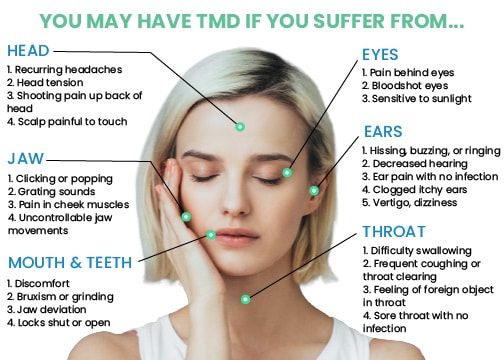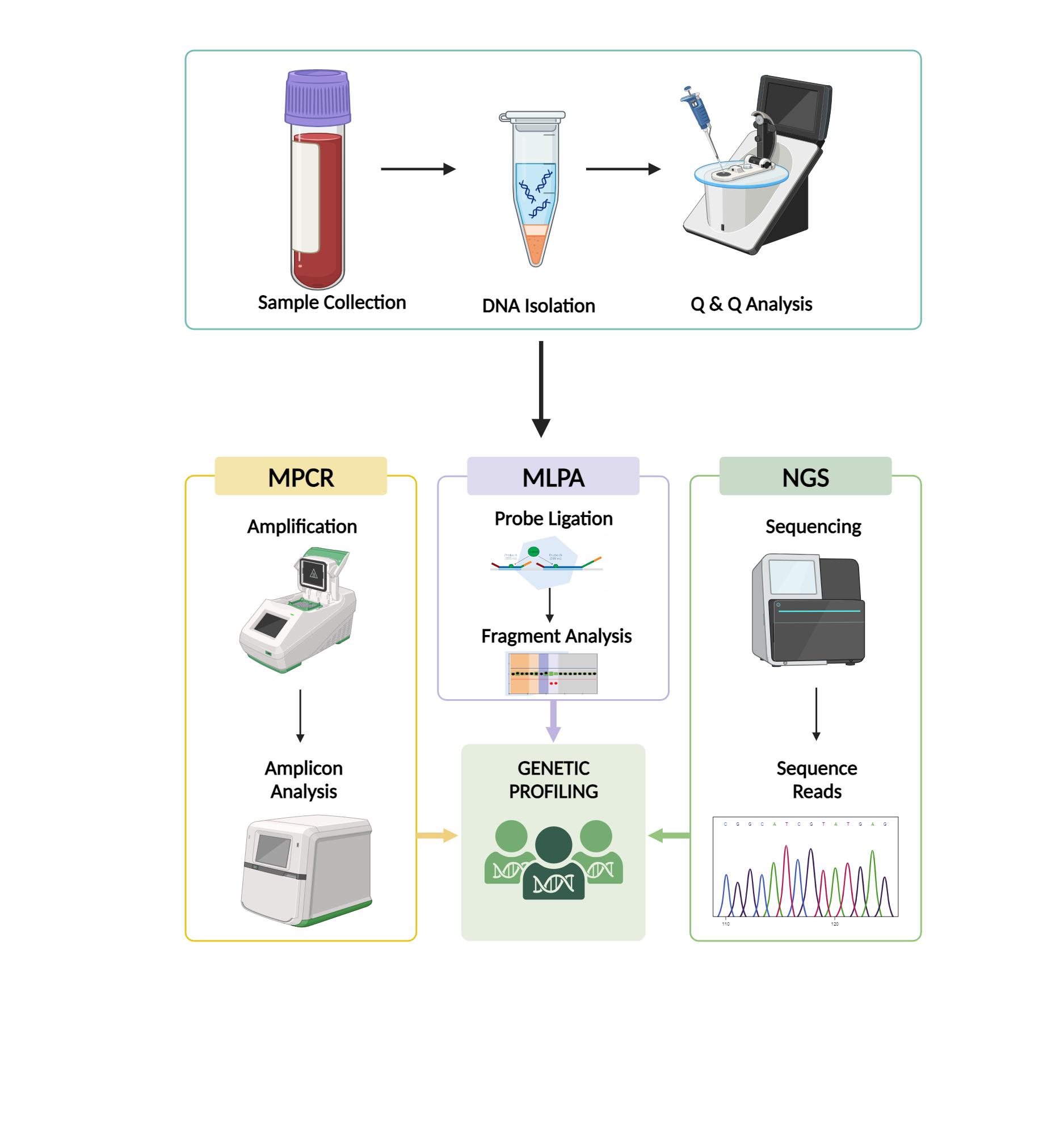What Is A Tmj Massage

The temporomandibular joint, commonly referred to as the TMJ, is a complex joint that connects the jawbone to the skull. This joint plays a crucial role in facilitating movements such as talking, chewing, and yawning. However, for many individuals, the TMJ can become a source of discomfort, pain, and dysfunction, leading to a condition known as temporomandibular disorder (TMD). One of the therapeutic approaches to managing TMD symptoms is the TMJ massage, a technique aimed at relieving tension in the muscles surrounding the joint, improving joint mobility, and reducing pain.
Understanding TMJ Dysfunction
Before delving into the specifics of TMJ massage, it’s essential to understand the nature of TMJ dysfunction. TMD can manifest through various symptoms, including jaw pain, clicking or popping of the jaw, difficulty chewing, and even headaches. These symptoms often arise from issues such as misalignment of the jaw, teeth grinding (bruxism), and muscle tension in the face and neck.
The Role of Massage in TMJ Relief
Massage therapy, specifically targeted at the TMJ and surrounding areas, can offer significant relief from TMD symptoms. By applying gentle, sustained pressure to the affected muscles and joints, a therapist can help:
Relax Muscle Tension: The primary goal is to ease the tension in the muscles of mastication (chewing), which include the masseter, temporalis, and medial and lateral pterygoid muscles. Relaxing these muscles can help reduce pain and improve jaw movement.
Improve Joint Mobility: Massage can help increase blood flow to the joint, reducing inflammation and promoting healing. Improved mobility in the TMJ can make daily activities like eating and talking less painful.
Reduce Pain: By releasing endorphins, the body’s natural painkillers, massage therapy can provide immediate relief from pain associated with TMD.
Enhance Overall Well-being: Reducing chronic pain and improving the function of the TMJ can lead to better sleep, reduced stress, and an overall improvement in quality of life.
Techniques Used in TMJ Massage
A TMJ massage typically involves a combination of gentle manipulations, including:
- Effleurage: Long strokes used to warm up the muscles and increase blood flow.
- Petrissage: Kneading motions that help release deeper tissue tension.
- Trigger Point Therapy: Applying pressure to specific areas of tension to release knots and spasms.
- Myofascial Release: Gentle, sustained pressure into the connective tissue to eliminate pain and restore range of motion.
Self-Massage Techniques for TMJ Relief
For those looking to manage their TMD symptoms at home, there are several self-massage techniques that can provide relief:
- Masseter Muscle Massage: Using your fingertips, massage the cheek area just in front of your ears with gentle circular motions.
- Temporalis Muscle Massage: Apply pressure with your fingertips to the temples, moving in a circular motion.
- Medial Pterygoid Massage: Gently massage the area behind the molars with your fingers, using a back-and-forth motion.
It’s crucial to approach these self-massage techniques gently, as excessive pressure can exacerbate symptoms. Consulting with a healthcare professional or a licensed massage therapist is recommended to learn proper techniques and to tailor a treatment plan to your specific needs.
Conclusion
TMJ massage offers a non-invasive, drug-free approach to managing the symptoms of temporomandibular disorder. By targeting the muscles and joints involved in jaw function, massage therapy can provide significant relief from pain and dysfunction, improving overall quality of life. Whether through professional massage therapy or self-administered techniques, incorporating TMJ massage into your health regimen can be a valuable tool in maintaining optimal jaw health.
What are the primary benefits of TMJ massage for individuals with TMD?
+The primary benefits of TMJ massage include relaxation of muscle tension, improvement in joint mobility, reduction in pain, and enhancement of overall well-being. By addressing these aspects, individuals with TMD can experience significant relief from their symptoms.
Can TMJ massage be done at home, or is professional assistance required?
+While professional massage therapy can provide comprehensive and tailored relief, there are self-massage techniques that individuals can practice at home to help manage their TMD symptoms. It's essential, however, to learn these techniques from a qualified healthcare professional or licensed massage therapist to ensure they are performed correctly and safely.
Are there any potential risks or side effects of TMJ massage that individuals should be aware of?
+Generally, TMJ massage is considered safe when performed by a skilled practitioner or when self-administered correctly. However, as with any massage therapy, there is a risk of temporary discomfort, bruising, or exacerbation of symptoms if excessive pressure is applied or if the individual has underlying conditions that could be irritated by massage techniques. It's crucial to consult with a healthcare professional before starting any new therapy, especially if you have concerns about your condition or the appropriateness of massage for your specific situation.
In conclusion, TMJ massage represents a valuable therapeutic option for managing TMD symptoms, offering a pathway to reduced pain, improved function, and enhanced quality of life. By understanding the benefits, techniques, and considerations associated with TMJ massage, individuals can make informed decisions about incorporating this modality into their healthcare regimen.



